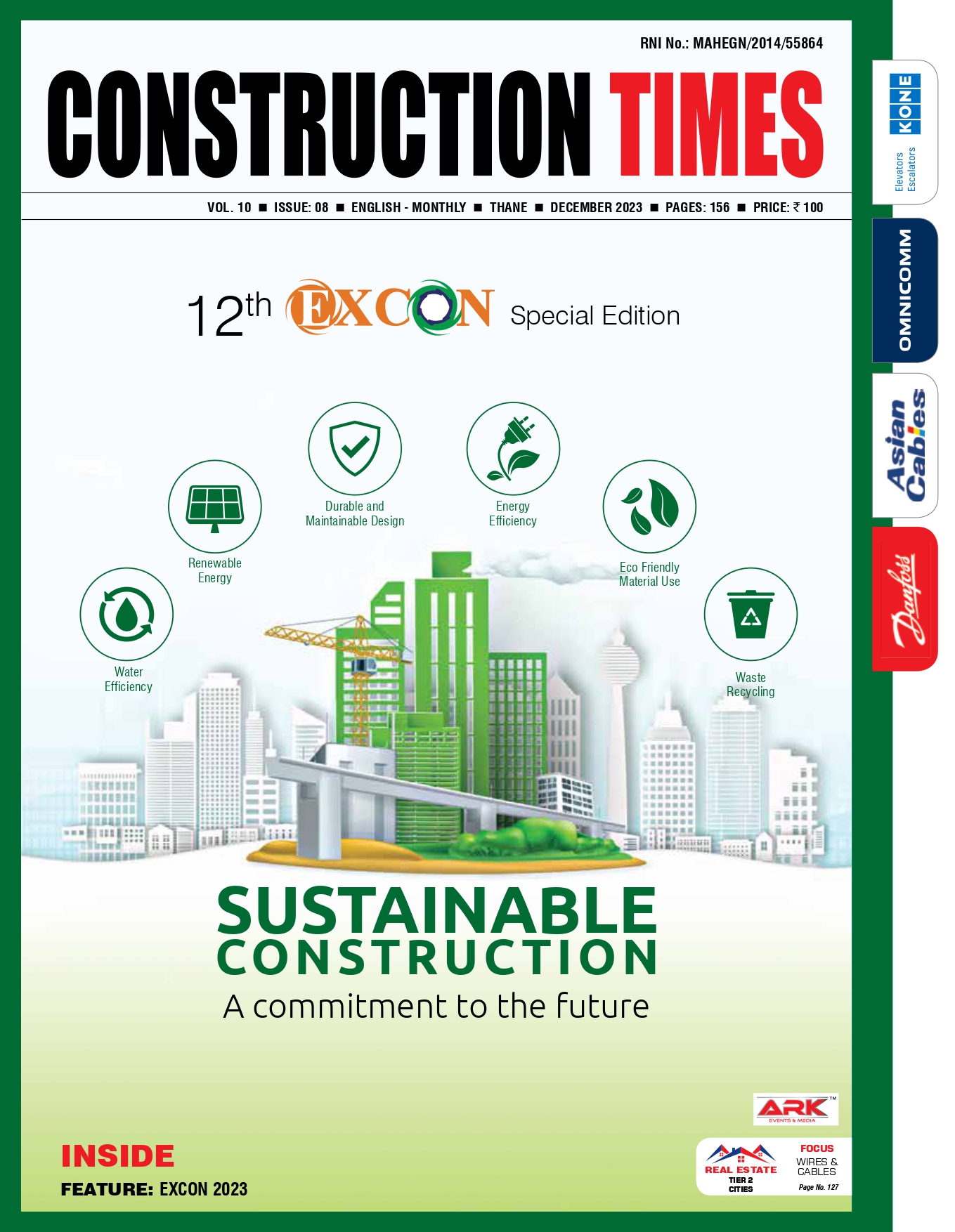Construction times
How is fuel monitoring and control playing a major role in operational efficiency of a machine/equipment?
Our telematics solutions and expertise aim to increase business efficiencies and save money. The expenses on fuel are the highest in the construction sphere - about 40%, and it is natural, that business strives to reduce these costs.
The discussion on how the fuel monitoring system affects the overall level of operational efficiency should start with what efficiency is in principle. In a general sense, it is the ratio of the achieved result to the utilisation of resources. I think every manager agrees that it is impossible to manage a thing that cannot be measured. Thus, we conclude that a fuel monitoring system is primarily a matter of managing people and implementing metrics that measure and track ongoing processes.
Fuel efficiency should be viewed in terms of two main aspects: fuel movement and fuel consumption. The first category includes controlling refuelling, draining, and dispensing fuel from the fuel truck. Briefly - everything related to the movement of fuel or getting it into the tank or a vehicle.
And the second issue is the analysis of fuel consumption. Once we confirm that the tank has received its intended fuel load, our focus shifts to evaluating its consumption. Is the fuel usage within standard parameters, or is there an unnecessary waste without contributing to any meaningful work? Our comprehensive solution, consisting of approximately 50 parameters, empowers us to make these determinations. In the end, the implementation of telematics has the potential to yield significant savings, reducing fuel costs by up to 30-40%.
How are your solutions enhancing the fuel efficiency in construction equipment?
What is worth considering while implementing telematics solutions for construction projects? The first one is the scale of the project. Construction projects involve the use of hundreds of units of equipment. The process of supplying all this equipment with fuel is not easy to organise. The complexity of the situation is heightened by the fact that only a portion of the equipment may be directly owned by the construction company. And the other portion is owned by third-party companies that provide their equipment with daily charges.
Secondly, the construction site is almost always a remote site, which is difficult to monitor. Hence, there are problems in controlling the condition of the equipment, whether it is being operated correctly, whether it is not allowed to idle.
Another specific of construction projects is related to harsh operating conditions. This is typical of India. The equipment can be heated up to +70 degrees during the day, at night the temperature drops to +10. Also, the nature of construction is characterised by the presence of dust, moisture, rain, earth and rubble. Because of this, on the one hand, the total amount of fuel consumption increases, and on the other hand, it requires particularly reliable devices that can withstand temperature fluctuations, can compensate these fluctuations, and generally demonstrate a high duration of operation.
Another challenge is the fact that refuelling takes place directly on the construction site with the use of fuel trucks. This increases the chances of fraud. First, it can happen during the refuelling of the fuel truck itself, and then, an unscrupulous fuel truck operator can resort to this manipulation. I would like to note that according to our reports, we observe the highest percentage of fuel drainage in the construction sector compared to other industries. If, for example, in logistics it rises to 5-8%, in construction it is 10-15%. Among the main reasons, of course, is the imperfection of fuel control technology. For example, outdated sensors can only register an error of 10%. Imagine that you have a fuel truck with a volume of 600 litres, and 10% of it can simply disappear. If you don't have a monitoring system set up, you will need to check each case, but there is no definitive proof of why the discrepancy occurred. All this consumes time and resources, and there is no guarantee that the situation will eventually clear up.
Thus, it can be concluded that the main need of construction companies is visibility. Having received an accurate, clear picture of what is happening, it is possible to quickly make adjustments to current processes.
What are the latest solutions offered by the company for various construction equipment?
OMNICOMM offers turnkey, best-in-class, one-pack fuel monitoring solutions, consisting of the SaaS Omnicomm platform, Omnicomm GPS tracker and high-precision fuel sensors. Our solution helps to optimise cost and save up to 40% on fuel.
The solution consists of several components. The cloud-based monitoring platform includes more than 20 fuel-related analytical reports, it is characterised by 99.5% measurement accuracy while using an LLS5 sensor, provides operational data on fuel balance, supports multiple tanks and includes an advanced fuel analytics system.
Our solution is flexible - the availability of API allows to integrate into already installed ERP and TMS systems, it supports iOS and Android, can be integrated on a wide range of equipment, allows integration with the solutions of thirdparty companies. It is suitable for operation in hazardous areas, thanks to the presence of explosion-proof sensor LLS EX-5 with ATEX certificate. As a result, the construction company gets a clear picture of what is going on and the ability to make decisions on optimisation. We see this in demand in the construction sector, where companies are keen to monitor the situation and adjust processes every week.
What are the new opportunities for your solutions in India?
The digitalisation of companies around the world continues and we see a positive trend in India, especially in telematics. We have a partner program that offers ‘rock-around-theclock’ support - from device customisation to education.
What are your expansion plans in India?
India is one of the fastest-growing markets when we talk about fleet management systems. That's why we have a strong focus on the region and opened our headquarters in Bangalore in 2017. The fleet telematics industry in India is still evolving in many ways and major parts of the market remain largely untapped.
The FMS market is valued at $1.5 billion during 2022-2023, with a growth rate of 10%. The construction industry in India is expected to grow at a CAGR of 9.9% during 2023-2027. The country's construction output is expected to reach Rs 66,954.8 billion ($800 billion) by 2027. The high rate of construction is driving the demand for construction equipment. We have a strong intention to strengthen our leadership even more in the area of enterprise’s fuel management systems.
We have ambitious plans and work to make
high-end telematics solutions available to more
and more market players. It's inspiring to see that
the Indian market is reciprocating us - we are
currently the recipient of three awards in India.
Everything is just beginning, and we are open to
new mutually beneficial partnerships!
Read full article here
December 21, 2023


